Maria Montessori
Italian pedagogue who renewed teaching by developing a particular teaching method.
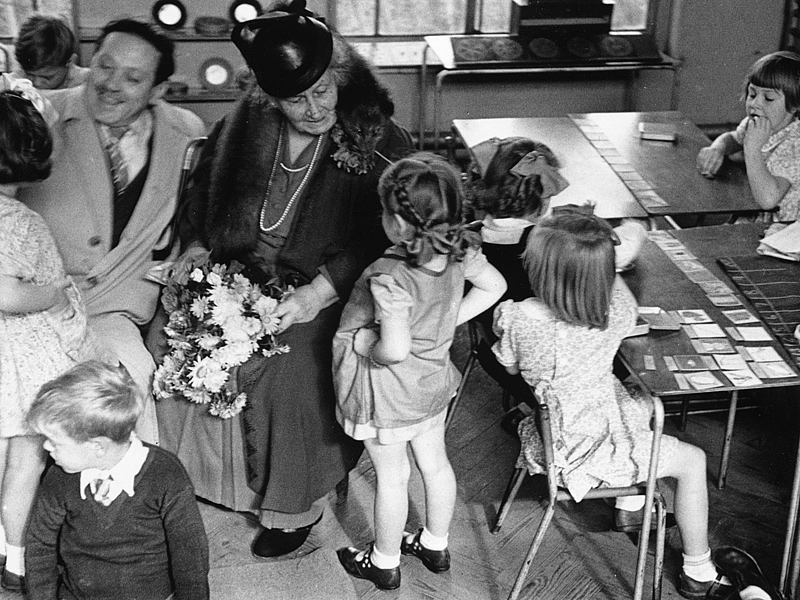

Who was Maria Montessori?
Maria Montessori (Chiaravalle, 1870 – Noordwjek, 1952) was an Italian pedagogue who renewed teaching by developing a particular method, known as the Montessori method, which was initially applied in Italian primary schools and later throughout the world.
Aimed especially at preschool children, the Montessori method was based on encouraging the child’s initiative and responsiveness through the use of specially designed teaching materials. Montessori proposes a great diversification of work and the maximum possible freedom, so that the child learns, to a large extent, by himself and at the pace of his own discoveries.
Graduated in Medicine in 1896 at the University of Rome, assistant the following year in the chair of Psychiatry at the same university, she was driven by her deep instinct to the study of special children and immediately realized that her problem, more than medical, was pedagogical. He presented his ideas on this subject at the 1898 pedagogical congress in Turin.
Minister Baccelli commissioned her to give a course to the teachers of Rome on the education of children with special needs, a course that was later transformed into an Orthophrenic Master School, directed by Montessori for two years.
She then traveled to London and Paris to deepen these studies, attending courses in philosophy at the University of Rome and experimental psychology, convinced that the education of the child had to have its first and essential foundation in the scientific, somatic and psychic knowledge of his being.
The reading of the works of J-M.G. Itard and E. Séguin, the two illustrious masters of special education in France, helped her to deepen the problems of such education, which soon became the basis that cemented the application and revelation of the general laws of the education of the child.
Through a practical and fruitful experience, the work developed among special children resulted in the emergence of a Montessori theorizer and organizer of a general method of children’s education. In 1907, precisely in January, on behalf of the Istituto dei Beni Stabili in Rome, Montessori opened the first “Children’s House” in one of the new working-class neighborhoods, soon to be followed by another, also in Rome.
From there, the Institution spread throughout Italy and even more throughout the rest of the world, taking on the character of an independent institution, organized in an increasingly clearer way as an original method of children’s education.
This method, already matured by experience and reflection, was presented by Montessori in the volume Il Metodo della pedagogia scientifica applicato all’autoeducazione infantile nella Casa dei bambini (1909), later published several times (1913, 1935, until the IV, 1950, published under the title La scoperta del bambino) and soon translated into the main languages.
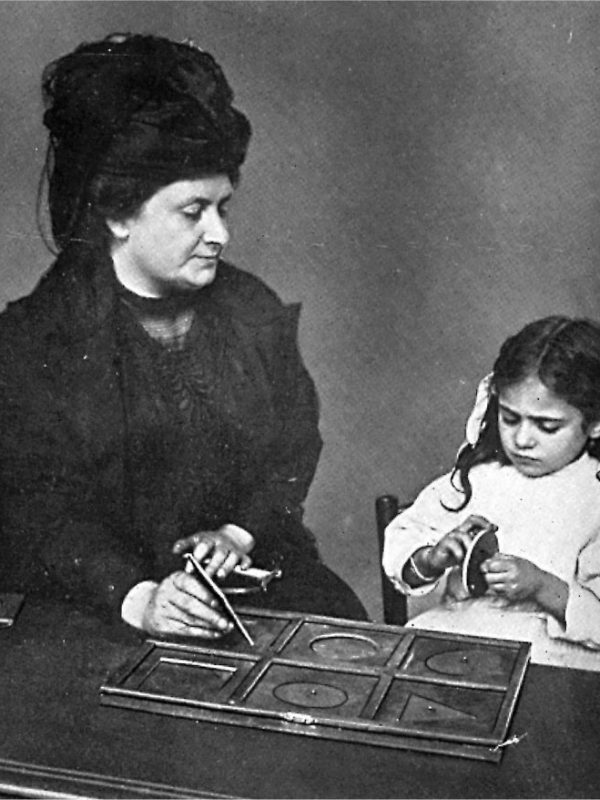
The Maria Montessori Method
The method consisted in developing the autonomy of the child, who found in the “Children’s House”, with the indispensable material for the exercise of the senses, the objects appropriate to his hobbies and his physical proportions. The possibilities of applying his personal work and according to his free choice, together with the solution of interesting practical problems, by means of all the varied material placed at his disposal, provided the child with the self-esteem necessary for decision making.
The greatest instinct of children is precisely to free themselves from adults.
The dominant principle was that of letting things be done, of being vigilant to help in case of need, of having faith in the immense value of a free activity, developed with a view to concrete goals, adopted by the child, capable of promoting a sure development and of leading, little by little, to spontaneous discoveries and conquests according to a natural rhythm and to a succession of “sensitive periods”, linked to his or her particular hobbies .
It was necessary to know how to understand and satisfy at the right time, so as not to let the right occasion pass without the indispensable exercise of each period.
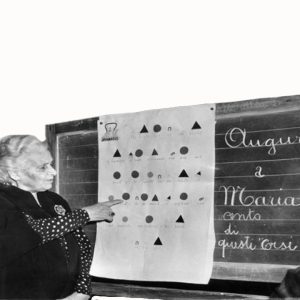

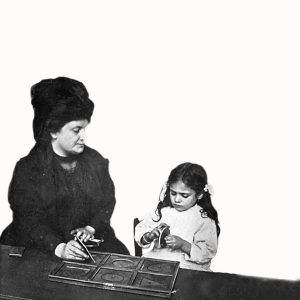


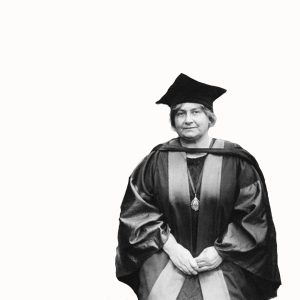



It was a program and an apostolate that was inscribed with its own characteristics in the movement of the “active school” and that linked, more or less, with Rousseau and Friedrich Froebel. The following work, L’autoeducazione nelle scuole elementari (Turin, 1910), also republished twice in 1916 and 1940, applied the method to elementary school teaching.
In the meantime, since 1909, Montessori was teaching courses for teachers in Città di Castello, under the protection of two distinguished figures of popular education: Leopoldo and Alice Franchetti. In addition, she wrote articles in Italian and English to illustrate her method and her thinking, which she later synthesized in the Manuele di pedagogia scientifica (Naples, 1921).
From 1913-14, his stays in North America and in many European countries multiplied: Germany, Great Britain, Spain (Barcelona was the city that became interested in the new methods), Holland and Sweden. He then went to China and India, and at the same time the Montessorian “Houses” were spreading throughout the world .
His influence was also felt in countries such as France, Austria and Switzerland. Meanwhile, his works were translated into almost all languages and Montessori’s thought, while retaining the essential lines, developed the spiritual germs, the vision, sometimes mystical, of nature and religious inspiration, which already surfaced in the early works.
The stages of its evolution, up to and including the influence of psychoanalysis, are represented by:
- the volume Il segreto dell’infanzia, published in Bellinzona in 1938, then in Milan in 1950;
- the essays Il bambino in famiglia, 1936; for the work De l’enfant à l’adolescent ( Paris), not translated into Italian;
- La mente del bambino ( Milan, 1952), posthumous Italian translation of the work published in English in Madras in 1949 under the title The Absorbent Mind, and
- the fourth edition of the first fundamental work, with the title La scoperta del bambino, already mentioned.
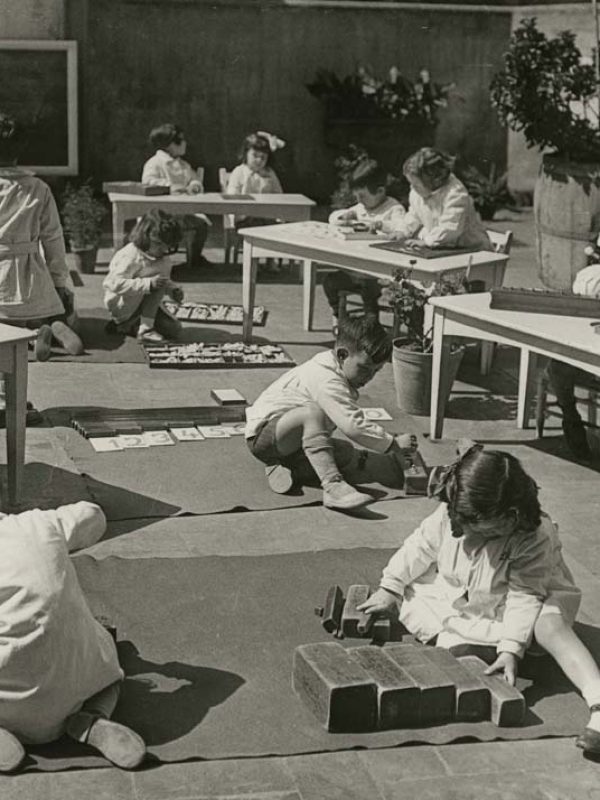

The formidable activity of the educator developed in conferences, courses and congresses. In 1916 she also founded in Barcelona a “Church of the little ones”, where the principles of “Casa dei Bambini” were applied to the religious education of the little ones, a subject to which she later dedicated some essays(I bambini viventi nella Chiesa, 1924; La Santa Messa spiegata ai bambini, 1949).
She increasingly concentrated her apostolate on the idea that the child, educated with full respect for his freedom and his infinite resources , should be the educator of the adult, the regenerator of humanity, and that the formation of man, according to the principles preached by her, could and should guarantee the triumph of justice and peace in the world.
The small volume Formazione dell’uomo ( 1949) and the three essays contained in Educazione e pace ( 1949), represent, it can be said, his spiritual testament.
In the last years of her life, she participated in a remarkable and competent way in the work of the U.N.E.S.C.O. and founded the center of pedagogical studies at the University for foreigners in Perugia. Dr. Montessori died on May 6, 1952 in the city of Noordwijk, in the Netherlands.
If there is any hope of salvation and help for humanity, it can only come from the Child, because Man is built in Him.